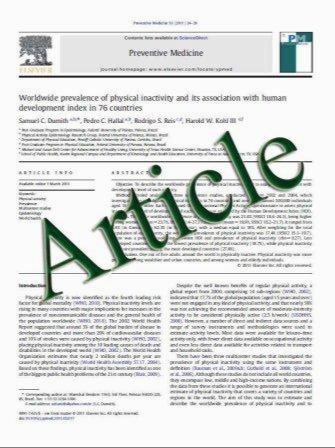The influence of bisphosphonates on viability, migration,and apoptosis of human oral keratinocytes—in vitro study
- نوع فایل : کتاب
- زبان : انگلیسی
- مؤلف : Andreas M. Pabst & Thomas Ziebart & Felix P. Koch & Katherine Y. Taylor & Bilal Al-Nawas & Christian Walter
- چاپ و سال / کشور: 2010
Description
Bisphosphonate-associated osteonecrosis of the jaw (BP-ONJ) is one of the most often seen side effects in patients treated with bisphosphonates, presenting clinically as a non-healing wound. One theory of BP-ONJ etiology describes a negative effect on soft tissues, especially on keratinocytes, which play an important role in oral wound healing and oral soft tissue regeneration. A high cell viability of keratinocytes, which can migrate to the affected location, is essential for wound healing. The aim of this in vitro study was to investigate the effect of differently potent bisphosphonates on human oral keratinocytes (HOK). Three nitrogen-containing bisphosphonates (ibandronate, pamidronate, and zoledronate) and one non-nitrogencontaining bisphosphonate (clodronate) were compared concerning their potency on cell viability (calcein assay and MTT assay), migration ability (Boyden chamber migration assay and scratch wound proliferation assay), and apoptosis (TUNEL assay) of HOK. The nitrogen-containing bisphosphonates, particulary highly potent pamidronate and zoledronate preparations, had a strong negative influence on cell viability, migration ability, and apoptosis of HOK. The non-nitrogen-containing clodronate even increased cell viability in higher concentrations. This study demonstrates that bisphosphonates have a strong influence on HOK on different cellular levels like cell viability, migration ability, and apoptosis rate. The results support the theory that BP-ONJ is a multifactorially caused disease. Furthermore, this in vitro study confirms the theory that perioperative interruption of bisphosphonate application during dental surgical procedures might be feasible to promote better tissue regeneration and wound healing
Clin Oral Invest DOI 10.1007/s00784-010-0507-6 Received: 5 November 2010 / Accepted: 30 December 2010


